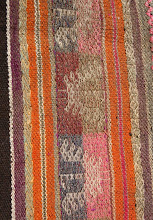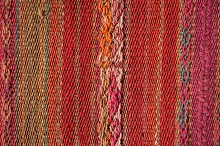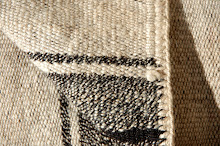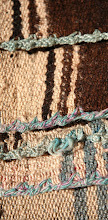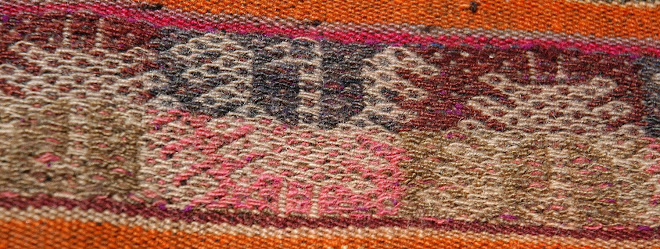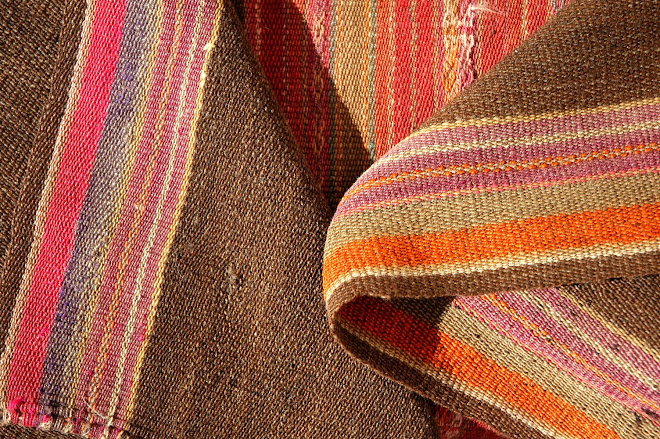
Historia Social y Natural de los Camélidos Sudamericanos. José Antonio Pérez Gollán CONICET y Museo Etnográfico- UBA
Cuando en el sigo XVI las tropas españolas avanzaban hacia el interior del territorio andino en pos de la conquista del Tawantisuyu, comprobaron - no sin cierta sorpresa - que en su retirada el ejército incaico destruía los depósitos estatales dedicados a guardar tejidos y, sin embargo, dejaba intactos los almacenes donde se acumulaban alimentos, armas y otros bienes más valiosos a los ojos europeos. Lo que se nos presenta como una situación paradojal, encuentra su explicación en el enorme valor simbólico que tenían los tejidos en los más variados contectos sociales de los Andes: eran un ingreso básico para el estado, tributo anual de los campesinos, ofrenda destacada en los sacrificios, símbolo de pertenencia étnica o social, ajuar mortuorio, dote matrimonial o pacto de armisticio; en ninguna ceremonia política, militar, social o religiosa se dejaban de obsequiar, intercambiar o sacrificar textiles.
Una duda se presenta de inmediato: ¿cuál era la base material sobre la que se fundaba el enorme valor del tejido en los Andes? La respuesta está en el papel fundamental que tenían los camélidos - la principal fuente de lana para tejer - en la economía de las sociedades andinas. La domesticación de los camélidos fue una creación absolutamente original de estas sociedades para explotar la estepa altiplánica (la puna). Este tema - que podríamos denominar una historia social y natural de la llama, alpaca, vicuña y guanaco - es el que aborda Bibiana Vilá en su libro "Camellos sin Joroba" de Ediciones Colihue.
English Version
Social And Natural History about the South American Camels.
José Antonio Pérez Gollán CONICET and The Ethnographic Museum - UBA
Back in the 16th century, when the spanich troops move into the Andes terrytory, trying to conquer the Tawantinsuyu, they realized - not without certain surprise - that in the scape of the incan army, they destroyed the state deposits they used to storage textile, but soever, they leave intact the storage places where they keep food, weapons and other objects more valuable at the europeans eyes. Witch presents to us as a real paradox situation, founds it answer in the enormous simbolic value witch had the textile in the most variarity of social contexts into the Andes; they where the basic income for the state, anual tribute of the farmers, importante gift in the sacrifices, simbol of etnic or social heritage, funeral apparel, matrimonial ability or peace agreement; in any political, militar, social or religious ceremony they forget to give, exchange, or sacrifice textiles.
But a question emerge: Witch was the material base that could be the cuore of the enourmous valeu of the textile in the Andes? The answer correspond to the fundamental rol that the camels had - the first source of wood to saw - into the economies of the Andes comunities. The domestication of this camels was an absolut original creation of this comunities to explote the altiplanic stepa ("puna"). This subjet can be called "A Social and Natural story of the Llama, Alpaca, Vicuña y Güanaco - witch can be studied in to the book "Camels without Hump", by Viviana Vilá - Colihue Editions.





